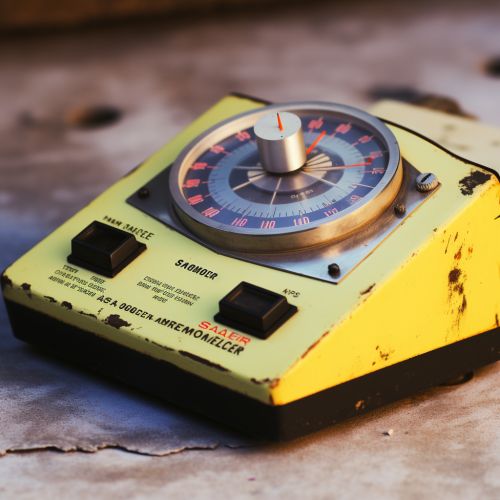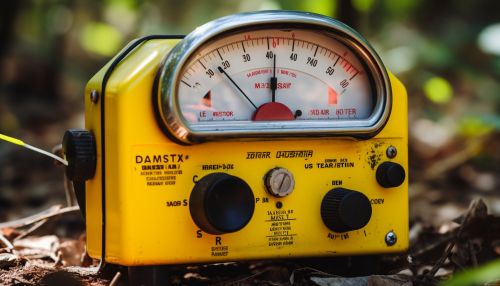Radioactivity
Introduction
Radioactivity, also known as radioactive decay, is a process by which an unstable atomic nucleus loses energy by radiation. This process is a fundamental concept in nuclear physics and is the method by which certain isotopes undergo decay, leading to the emission of ionizing radiation.


Discovery and Early Research
The phenomenon of radioactivity was first discovered in 1896 by Henri Becquerel, a French physicist. He observed that certain minerals could produce images on photographic plates, similar to X-rays. Later, Marie Curie and her husband, Pierre Curie, conducted extensive research on radioactivity, leading to the discovery of new elements like polonium and radium.
Types of Radioactive Decay
There are three primary types of radioactive decay: alpha decay, beta decay, and gamma decay. Each of these decay processes involves the emission of different particles and has varying impacts on the atomic nucleus.
Alpha Decay
In alpha decay, the unstable atom emits an alpha particle, which consists of two protons and two neutrons. This process results in the atom losing two protons and two neutrons, thereby changing its atomic number and atomic mass.
Beta Decay
Beta decay is a type of radioactive decay where a beta particle is emitted from an atomic nucleus. Beta decay can occur in one of two forms: beta-minus decay and beta-plus decay. In beta-minus decay, a neutron is converted into a proton, an electron, and an electron antineutrino. In beta-plus decay, a proton is converted into a neutron, a positron, and an electron neutrino.
Gamma Decay
Gamma decay involves the emission of gamma rays, which are high-energy photons. Unlike alpha and beta decay, gamma decay does not result in a change in the number of protons or neutrons in the nucleus. Instead, it involves the transition of a nucleus from a higher energy state to a lower energy state.
Radioactive Half-Life
The half-life of a radioactive substance is the time it takes for half of the atoms in a sample to decay. This is a key concept in understanding the behavior of radioactive materials. The half-life can range from fractions of a second to billions of years, depending on the isotope in question.
Applications of Radioactivity
Radioactivity has many practical applications in various fields such as medicine, industry, and research.
Medicine
In medicine, radioactivity is used in both the diagnosis and treatment of various conditions. For example, radiotherapy uses ionizing radiation to control or kill malignant cells in cancer treatment. Radioactive tracers are also used in imaging techniques such as Positron Emission Tomography (PET) scans.
Industry
In industry, radioactive materials are used in a variety of applications. For instance, gamma radiation is used in sterilization processes, while radioactive tracers are used to detect leaks in pipelines.
Research
In research, radioactivity is used in a variety of ways, including carbon dating to determine the age of ancient artifacts and geological samples. It is also used in the study of nuclear structure and nuclear reactions.
Safety and Health Concerns
While radioactivity has many beneficial applications, it also poses significant safety and health concerns. Exposure to ionizing radiation can cause damage to living tissue, leading to radiation sickness or an increased risk of cancer. As such, handling radioactive materials requires stringent safety measures.
